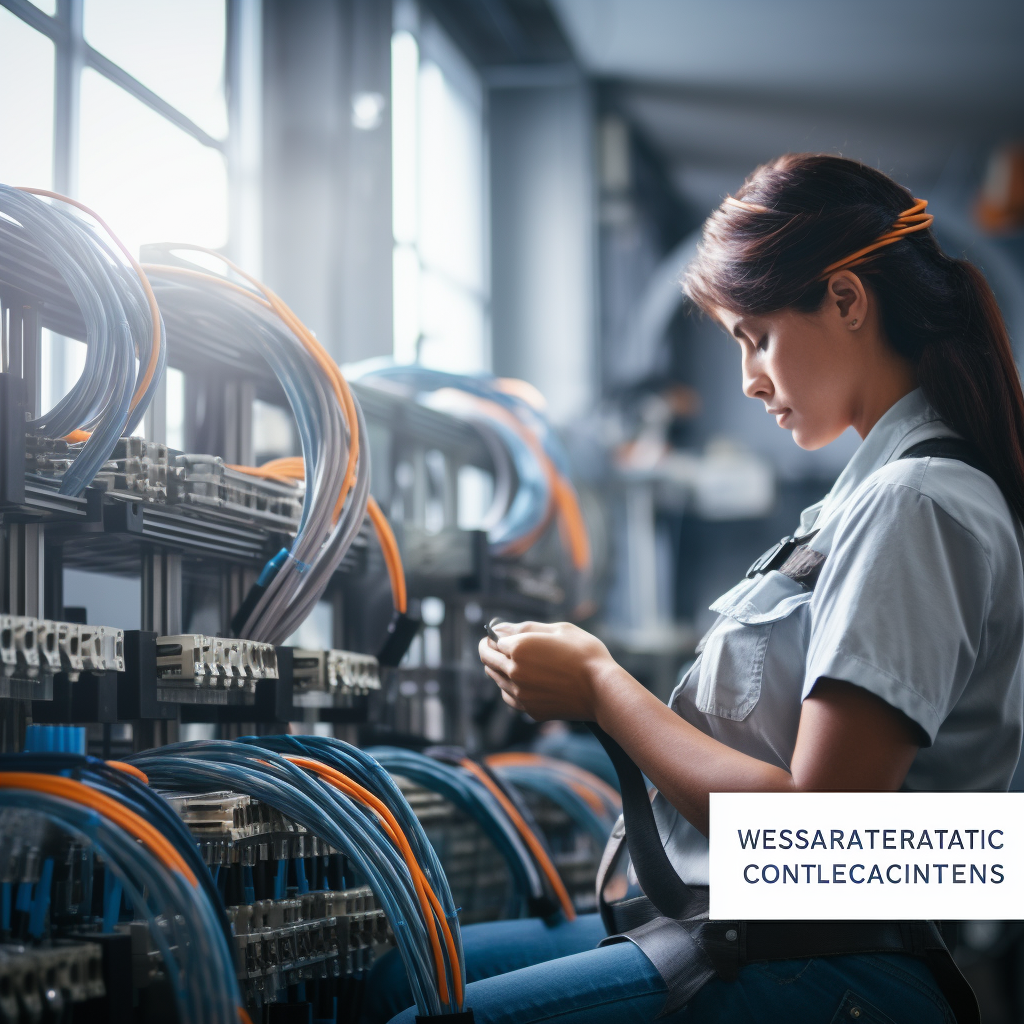Introduction
In the world of wire harness manufacturing, adhering to industry standards and certifications is not a choice but a necessity. This comprehensive article delves into the critical industry standards and certifications relevant to wire harnesses, exploring their importance, the various types, and how they impact the manufacturing process and product quality. Understanding these standards is vital for manufacturers, suppliers, and consumers alike, ensuring safety, reliability, and compliance in diverse applications.
Understanding Industry Standards and Certifications
What are Industry Standards?
- Definition: Industry standards are established norms or requirements that pertain to the manufacturing process, quality, safety, and performance of wire harnesses.
- Purpose: They ensure product reliability, safety, and compatibility across different applications and markets.
The Role of Certifications
- Verification: Certifications are validations from authoritative bodies that a product, process, or service meets the specified standards.
- Trust and Credibility: They provide assurance to customers and stakeholders about the product’s quality and compliance.
Key Industry Standards for Wire Harnesses
1. IPC/WHMA-A-620
- Overview: A widely recognized standard for wire harness assembly and quality.
- Focus Areas: Includes criteria for wire preparation, soldering, crimping, securing, and insulation.
2. UL (Underwriters Laboratories)
- Overview: UL standards assess wire harnesses for safety risks, particularly concerning fire and electric shock hazards.
- Certification Process: Involves rigorous testing and ongoing compliance checks.
3. ISO 9001
- Overview: An international standard focusing on quality management systems and processes.
- Relevance: Ensures consistent quality and continuous improvement in manufacturing processes.
4. RoHS (Restriction of Hazardous Substances)
- Overview: A directive restricting the use of specific hazardous materials in electrical and electronic equipment.
- Importance: Aims to protect the environment and public health.
5. REACH (Registration, Evaluation, Authorization, and Restriction of Chemicals)
- Overview: A European Union regulation addressing the production and use of chemical substances.
- Impact: Ensures the protection of human health and the environment from risks posed by chemicals.
The Certification Process
Steps to Certification
- Assessment and Documentation: Evaluating processes and products against the standards and documenting compliance.
- Testing and Validation: Conducting tests to verify adherence to the specified criteria.
- Certification and Auditing: Receiving certification from the respective authority and undergoing periodic audits for compliance.
Benefits of Adhering to Standards and Certifications
Enhanced Safety
- Risk Reduction: Minimizing risks of electrical failures, fires, and other hazards.
Market Access
- Global Compliance: Meeting international standards opens up wider markets for manufacturers.
Improved Product Quality
- Consistency and Reliability: Ensuring that wire harnesses consistently meet high-quality standards.
Competitive Advantage
- Reputation and Trust: Certified products are often preferred by customers, enhancing brand reputation and trust.
Challenges and Solutions in Compliance
Keeping Up with Evolving Standards
- Continuous Learning: Staying informed about updates and changes in standards.
- Training and Development: Regular training for employees on the latest standards and best practices.
Cost of Compliance
- Investment in Quality: Balancing the initial cost of compliance with long-term benefits in product quality and market access.
The Role of Manufacturers and Suppliers
Responsibility to Comply
- Ethical Manufacturing: Adhering to standards is part of ethical manufacturing practices.
- Supplier Selection: Choosing suppliers who also comply with these standards.
Educating Consumers
- Awareness: Informing consumers about the importance of certifications and standards in wire harnesses.
Future Trends in Standards and Certifications
Emerging Technologies and Standards
- Adaptation to Innovation: Evolving standards to accommodate new technologies like IoT and smart systems.
Sustainability and Environmental Standards
- Green Manufacturing: Increasing focus on environmentally friendly manufacturing processes and materials.
Conclusion
Industry standards and certifications play a pivotal role in the wire harness manufacturing sector, governing safety, quality, and environmental impact. For manufacturers like WiringLabs, compliance is not just about fulfilling a requirement but is integral to ensuring safety, reliability, and customer satisfaction. As technology and market demands evolve, staying abreast of these standards and actively participating in the certification process becomes crucial for success and sustainability in this field.
If you need custom wiring harness or cable assemblies, feel free to contact WiringLabs.




